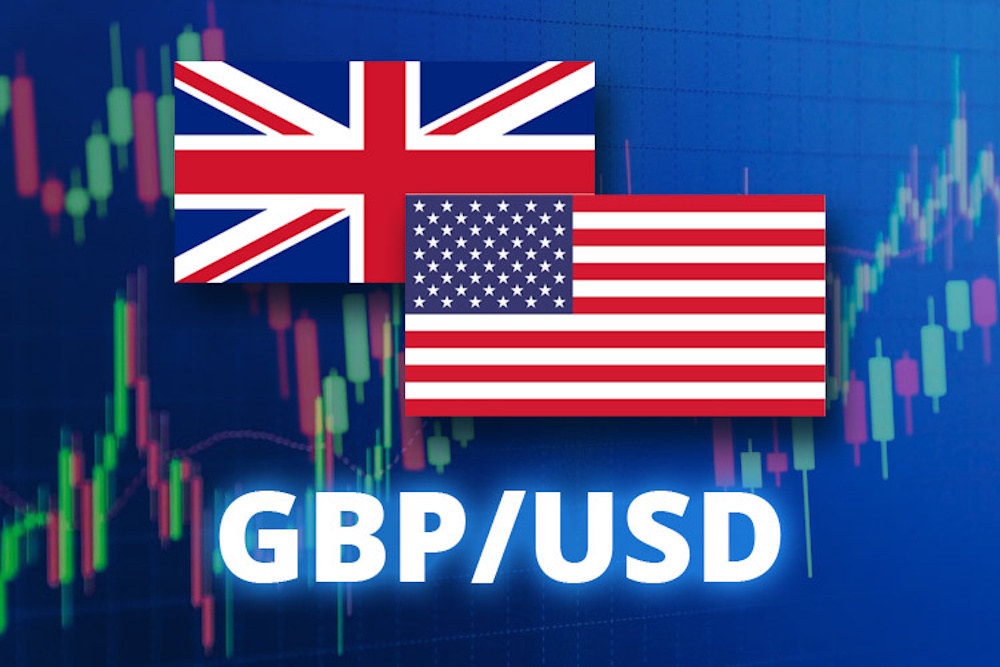The GBP/USD pair is experiencing downward pressure, currently positioned around 1.3433, reflecting a 0.4% decline intraday. This movement is influenced by a worsening U.S. government shutdown and mixed monetary signals, contributing to a notably intricate dollar landscape this year. In light of the ongoing political stalemate in Washington, which has now reached its sixth day, the U.S. Dollar Index has risen to 97.79, reflecting an increase of 0.38%. This movement is bolstered by safe-haven demand and a relative strength when compared to the underperforming British economy.
Market participants are currently assigning a 95% likelihood to a Federal Reserve rate cut in October and an 85% probability for an additional cut in December. Typically, such dovish expectations would exert downward pressure on the dollar; however, in the present climate, risk aversion coupled with European weakness has reversed the dynamics, benefiting the greenback. Sterling’s underperformance is attributed to weak domestic fundamentals and the uncertainty regarding the Bank of England’s tightening trajectory. The UK’s Construction PMI in September experienced a slight increase from 45.5 to 46.2; however, it continues to fall short of the 50 threshold indicative of expansion, highlighting ongoing stagnation in both output and new orders. Furthermore, adjustments made by the Office for National Statistics to the data on household savings and consumption have raised concerns regarding the actual robustness of the British economy as it approaches Q4.
The revisions indicated that household saving ratios were below initial estimates, highlighting a fragile consumer resilience and increased susceptibility to rising interest rates. With headline inflation remaining above 3.2% and wage growth decelerating, markets are scrutinizing the BoE’s ability to uphold a restrictive policy without hindering growth. The yield on the UK’s 10-year gilt has decreased to 3.73%, a decline of nearly 12 basis points this week, indicating increasing expectations that the next BoE decision may be more dovish as we approach 2026. The extended U.S. government shutdown has halted essential statistical releases, resulting in traders being “flying blind” as Treasury data, nonfarm payrolls, and inflation reports encounter indefinite delays. Although this absence of transparency would generally undermine market confidence in U.S. assets, it has paradoxically strengthened the dollar’s role as a liquidity anchor.
The University of Michigan Consumer Sentiment Index, set to be released later this week, is projected by Deutsche Bank to decline to 50.1, falling below the pandemic-era low of 50.0 recorded in June 2022. In the meantime, White House officials have indicated that significant layoffs among federal employees are probable if Congress does not pass a spending bill within the week, heightening worries about a potential economic downturn. Yet, paradoxically, the greenback continues to attract support as traders withdraw from European and Asian currencies in light of fiscal and political instability overseas.

